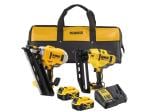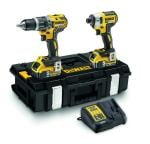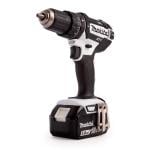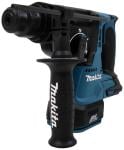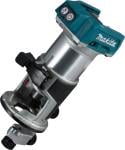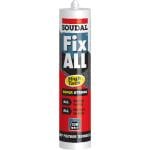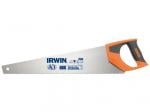The Basics of Woodturning
Woodturning is an amazing hobby that is relatively easy to pick up, provided you learn the fundamentals. In addition to that, following these woodturning techniques that we will share with you today, will help you to remain safe while you’re at it! Of course, reading this single article isn’t going to render you an expert in woodturning, however, it’s a great place to start!
The Sharper the Tool the Safer You Are
It almost sounds counterproductive, doesn’t it? Having sharper tools to keep yourself safe. That said, it is true that the sharper you keep your woodturning tools, the safer you will be. One of the most critical woodturning skills is learning to keep your tools sharp. Things like your skew chisels and scrapers; when kept sharp they will cut clean, meaning that there will be less grabbing and gouging and fewer accidents. You can sharpen your woodturning tools using a simple bench grinder, or a wet sharpener. Each tool must be maintained well and the curve of your sharpening wheel will help you to keep those tool’s concave edges in great condition.
Understand the Proper Speeds for Turning Wood
The speed at which you turn your wood is paramount. A variable speed lathe will allow you to turn the stock from 500 RPM, up to around 4000 RPM. Another good rule of thumb is, the wider the stock, the lower the speed. This means that a narrow stock (say, 2 ½ inches in thickness), can easily be turned at about 1500-2000 RMP. Any loner pieces of wood should be turned at the lower end of that range, with thicker pieces being turned at half of that speed. You will get familiar with the various speeds and learn to maintain proper control at all times.
Your Hand Positioning Is Vital
Another vital woodturning trick that will help you to keep your appendages safe and intact is your hand positioning.
- If you are right-handed, then your left hand will be placed against the tool rest with your right hand holding the handle.
- Position your left hand with your forefinger under the tool, resting against the side of the tool rest that sits opposite the wood.
- Your left hand’s thumb will be kept on the top of the tool to steady it against the forefinger.
- If you are left-handed, you simply need to reverse the above.
Your Tool Should Always Be Touching the Tool Rest
When you are turning, whether it be with a gouge, chisel, or scraper, they must always remain in constant contact with the tool rest. You NEVER free-hand on a lathe. For optimal performance, the tool rest should be positioned ¼ inch away from the wood. Always make sure to touch the tool to the rest before making contact with the wood. You will always need to limit the distance between the point where the tool contacts the tool rest, and where it contacts the wood. The bigger the distance between the two, the less stability you will be provided with, remember that.
Utilise the Bevel
Another key to remaining safe when woodturning is to keep the bevel behind the sharpened edge of the tool that is resting on the wood. With this rule in place, you will help to prevent the tool from taking too much off the wood at one time, or of course, grabbing at it and ripping the tool from your hands. When you are starting to cut into the wood with a gouge, for example, you’ll want to keep the tool on the rest and lay the back edge of the tool onto the spinning wood with the point of contact is either on or behind the bevel (but, so that the tool’s cutting edge isn’t yet cutting). Once you have then made contact, you can use your right hand to slide the tool backward (toward the body), until your cutting edge is engaging with the good. Throughout this process, the bevel should remain in constant contact with the wood. It may sound confusing, but once you’ve applied it, you will feel the benefits instantly.
Always Work With the Grain
In woodworking and woodturning alike, you should always work with the grain! Or as wood-turners like to say: “cutting downhill”. When you hollow out a cove, for example, you must cut from the edges toward the centre. By cutting from the centre out towards the edge, your cove would otherwise be considered as cutting uphill which renders you with far less control.
Lead With Cutters/Trail With Scrapers
Another important tip is that when you are working with gouges, chisels, or other parting tools, your read hand should always be positioned lower than the forehand. In doing so, you will keep the tool in a lading position which will have the woodturning into the cutting edge of the tool. Scrapers, on the other hand, should be used oppositely. A scraper doesn’t cut like a typical chisel but works more in the way that a butter knife does. Thus, your rear hand should be positioned higher than the fore, allowing the scraper to be beneath the tool rest and in a trailing position to scrape the turning wood.
Never Stop Practising
By this point, you may well be feeling overwhelmed by the sheer amount of information in this article. Don’t panic. As with any skill, it simply takes a lot of practice to become a good wood-turner. Just remain focused, follow your instructions, adhere to a strict health & safety regime, and you shouldn’t run into any problems.


